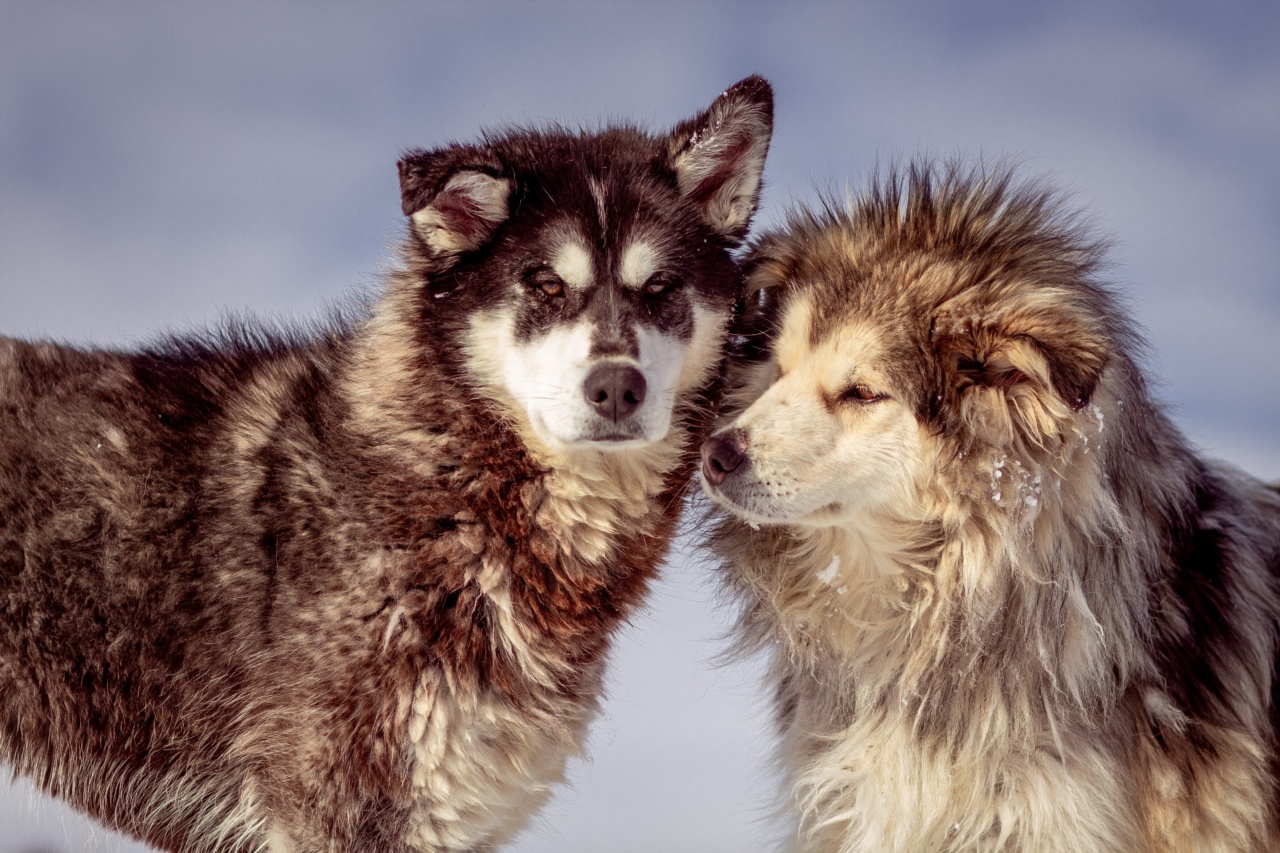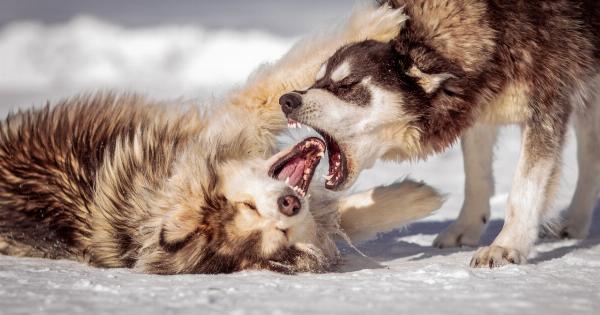Having multiple dogs can be a wonderful experience, but it can also come with challenges, especially when two dogs start to fight. Dog fights can be scary and dangerous, and it’s important for dog owners to know what not to do in such situations.
This article aims to provide helpful tips on what actions to avoid when two dogs are engaged in a fight.
1. Don’t Panic
When you witness a dog fight, it’s essential to remain calm and composed, even though it can be extremely distressing. Panicking or shouting loudly can escalate the situation and make the dogs more aggressive.
Take a deep breath and focus on finding a way to safely separate the dogs.
2. Avoid Using Your Hands
It can be tempting to reach in and try to physically separate the fighting dogs, but using your hands can be extremely risky. Dogs in a fight can redirect their aggression towards you, resulting in serious injury.
Avoid grabbing them by their collars or physically intervening without proper equipment or knowledge.
3. Don’t Yell or Scream
While it’s natural to feel scared or concerned when dogs are fighting, yelling or screaming at them only adds to the chaos. Loud noises can increase their anxiety levels and make them even more aggressive.
Instead, try using a calm and firm tone to distract them or redirect their attention.
4. Avoid Punishing or Hitting
Punishing or hitting dogs involved in a fight is not only ineffective but can also worsen the situation. Physical punishment can increase fear or anxiety, leading to more aggressive behavior.
Using force may also result in injury to both yourself and the dogs. It’s important to focus on de-escalation strategies rather than punishment.
5. Don’t Approach the Dogs Individually
Trying to separate the fighting dogs individually can be dangerous. Dogs in a fight may not recognize their owners or may redirect their aggression towards them.
Approaching them individually can also leave one dog unattended while you focus on the other, which could result in further injury. Instead, focus on separating them simultaneously or distracting them from a distance.
6. Avoid Using Objects to Break Up the Fight
Using objects like brooms, sticks, or water to break up a dog fight is generally not recommended. These methods can startle the dogs or cause pain, leading to a potential increase in aggression.
It’s best to rely on non-contact methods of separation, such as loud noises, distractions, or physical barriers.
7. Don’t Separate the Dogs by Pulling Their Tails or Ears
Attempting to separate dogs by pulling their tails or ears is not only risky but can also cause severe pain and injury. Pulling on sensitive body parts can elicit a stronger response from the dogs and can even result in bites or scratches.
Always prioritize safety and use appropriate methods of separation.
8. Avoid Inadequate Training or Socialization
Proper training and socialization play a crucial role in preventing dog fights. Inadequate training or lack of socialization can lead to behavioral issues and conflicts between dogs.
It’s important to invest time and effort into teaching your dogs proper manners and ensuring they are well-socialized with other dogs to minimize the risk of fights.
9. Don’t Ignore Warning Signs
Dogs usually exhibit warning signs before escalating into a full-blown fight. Ignoring these signs can result in a sudden and intense confrontation.
Signs like growling, tense body language, raised hair, or direct eye contact indicate potential aggression. It’s crucial to intervene and prevent any escalation before it’s too late.
10. Avoid Lone Interventions
Attempting to break up a dog fight alone can be dangerous. It’s always advisable to seek help from other people present or nearby.
Having an extra pair of hands to distract or separate the dogs safely can significantly reduce the risk of injury to everyone involved. Coordinate your actions and work together to de-escalate the situation.


























